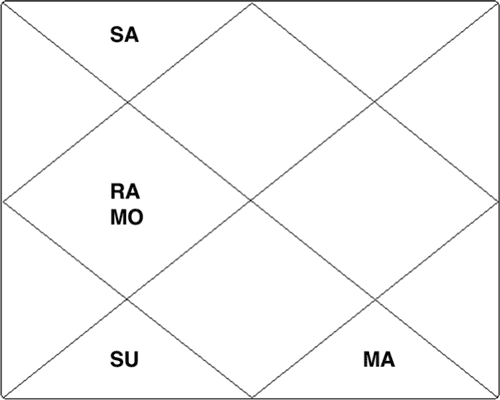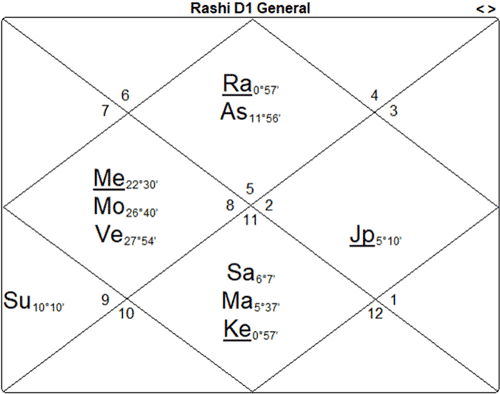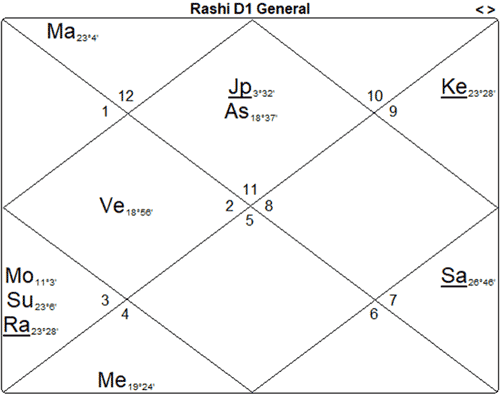Spring | Summer | Fall | Winter | |
2025 | Volume 67 |
| Volume 65 | Volume 66 |
Volume 39, 21 December 2017
“Nature remembers what we humans have forgotten:
Every cycle must return to stillness, silence, the dark
Every out-breath requires an in-breath
Every outer endeavor turns back inwards to its origins, its center, and begins again;
From death comes new life and from the darkest night, the new dawn is born”
Darkness and Light
There is no more profound or powerful juxtaposition than this eternal dichotomy of darkness and light. It is the center of our very livingness. A beautiful line from a core Sanskrit prayer is tamaso mā jyotirgamaya - lead me from darkness to light. To understand its full implications, the other two lines are vital. The complete prayer is :
asato mā sadgamaya
tamaso mā jyotirgamaya
mṛtyormā amṛtaṃ gamaya
Literally this can be rendered as “Lead me from the unreal to the real; from darkness to light; from death to immortality.” However, in the widest vision of human evolution and consciousness, it was taught to me as: “Lead me (by giving the knowledge of the whole) from the unreal (apparent reality) to the real (the ultimate truth); from darkness (of ignorance) to the light (of knowledge): (and) from death (any sense of limitation) to immorality (the limitless, liberation).”
Jyotisha is a hologram of this beautiful central truth of the Vedic tradition. As receivers and practitioners, keeping this expansive view of darkness and light leads us to the gift of Jyotisha - a self-examined life illumined by the light of the knowledge of all orders of reality of our existence.
Fear and Contentment / Greed and Letting Go
These are two other dichotomies we constantly wrangle with in our lives. The great teachers tell us that fear and greed are the two main obstructions to our becoming free. Fear is a loss of connection to the source of all fullness and all contentment. It is due to the veiling of the “real” (the ultimate truth) and identification with the “unreal” (outer worldly apparent life). Greed is a strategy to combat fear. When you are afraid, you tend to hold on and even stockpile against a hostile unknown. The opposite is non-attachment to any outcome and therefore the ability to let go, transform and move on.
How does Jyotisha function as a tool to point out these dichotomies? How does it reveal the patterns that can lead to suffering and by that knowledge help people to overcome their issues?
Some Chart Markers for Fear and Greed
The Moon represents the feeling that all is well, “mother is at home”. It is the primal mind (manas) and the seat of our sense of contentment. A weak and afflicted Moon in a chart can bring the opposite especially if that Moon is also afflicted by the Rahu/Ketu axis and/or Saturn. The fourth house among the bhavas also carries the same theme of manas. Below is an example of a chart with only a few of the relevant details shown to preserve privacy:

Note that the Moon is not very bright (waning) and under the influence of all the malefics except for the Sun. Though not shown, there are no natural benefics aspecting or flanking the Moon or fourth house.
This person and this person’s mother suffered greatly. The native reported being isolated, abandoned and fearful and to date, continues to have serious bonding issues with the root family.
Greed is generally linked to Saturn and often is associated with a puffed up or exaggerated version of one’s own self (ahankara). Fear is the partner of greed and therefore markers of fear might also be present.

This is the chart of the legendary Howard Hughes. He spent his life acquiring all sorts of things - businesses, money, houses, women etc. For a man of his wealth, he was not at all known for giving back to society in the form of donations, service work of any kind or being an inspirational example. He was a very exaggerated character with all kinds of phobias including acute OCD. Note the very powerful but mixed conditioned Saturn (also loser of a planetary war) aspecting a debilitated and dark Moon. Saturn, Rahu and Ketu are also pounding the ascendant and neither the ascendant nor its lord has any benefic influences. The many yogas in this chart and some hidden strengths account for his extraordinary life. But it was also a life of fear and greed.
And now the Light of Knowledge and Transformation
In sharp contrast to the above is the chart and life of Elisabeth Kubler-Ross.

Her seminal work, On Death and Dying was written in 1969. She assisted perhaps 20,000 people through their transition into an afterlife. With total belief in the continuity of life spirit through the experience of death, she hit upon a ground breaking method of counseling, listening to the patient first and then continuing with the medical techniques. Her extraordinary dedication and vision created the paradigm shift we see today in the care of terminal patients and the restoration of death as the miracle and wonder that it is.
Elisabeth Kubler-Ross’s chart bears an uncanny likeness to the chart of the great Ramakrishna Paramahamsa. Her lagna lord Saturn is doubly powerful - exalted and retrograde. It is aspected by a powerful Jupiter. An equally powerful Venus joins Jupiter as the only two grahas in the kendras or even aspecting the kendras. Thus the all important first bhava of one’s basic nature and the tenth bhava of one’s actions are stabilized by these two benefics. Like Ramakrishna, the chart is a sterling example of a life dedicated to dharma.
Media Corner
I am so pleased to provide you easy access to all the columns and articles I have written for The Mountain Astrologer over the past two years. I want to thank the editorial board at The Mountain Astrologer for their support for both the articles and the inclusion of a regular column that introduces key concepts of Jyotisha to the wider astrological community. There will be two more publications linked in January including a feature article on Barack Obama.












